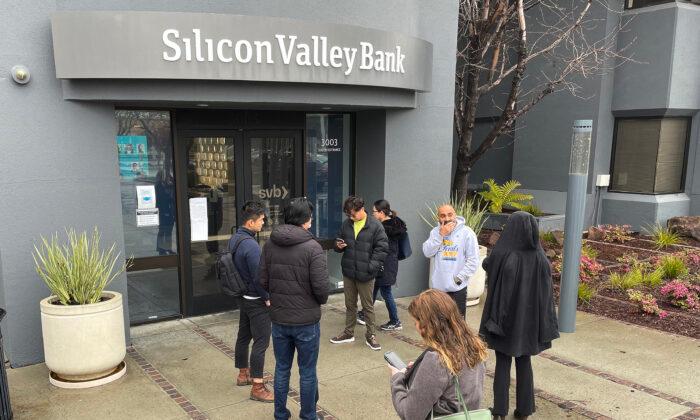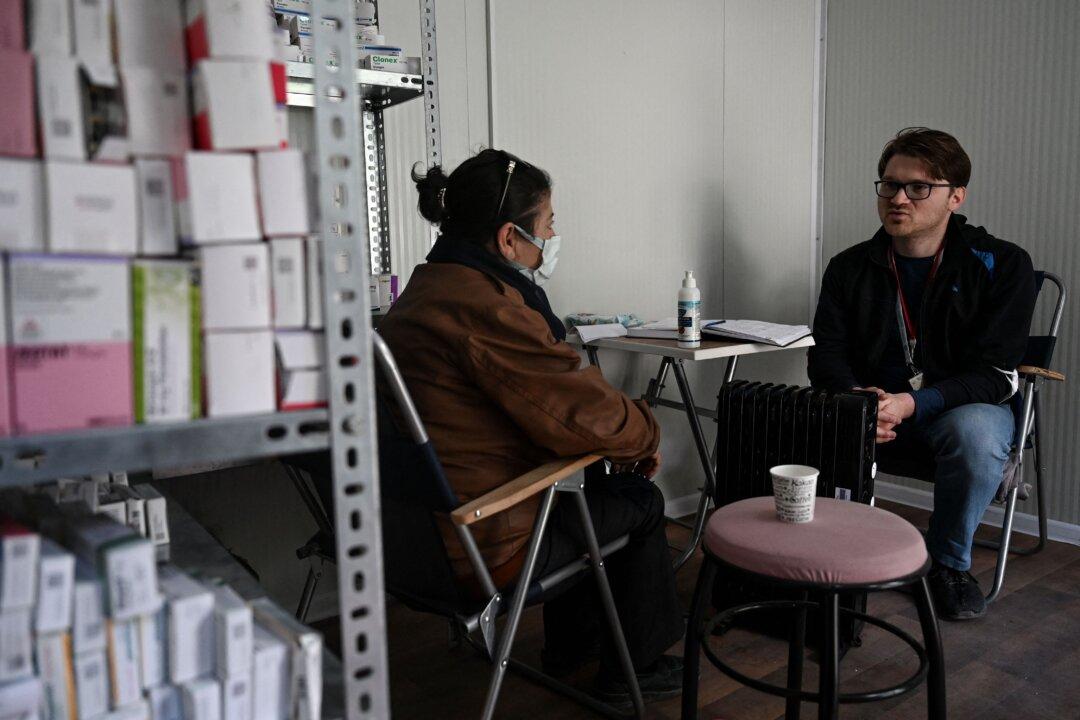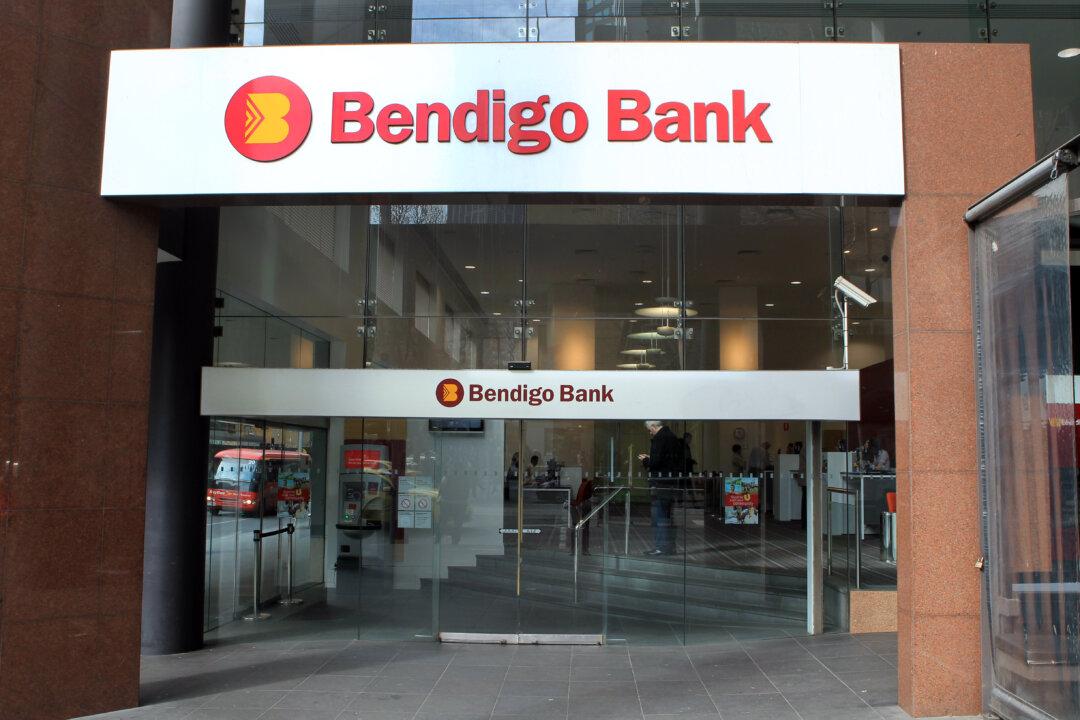The sudden collapse of Silicon Valley Bank (SVB) in the United States has spelt trouble for a number of Australian technology companies.
Following the demise of SVB, the U.S. Treasury, the Federal Reserve, and the Federal Deposit Insurance Corporation announced that the regulators had taken measures to allow the bank’s depositors to access all of their money starting from March 13 (U.S. time).
However, ASX-listed Life360, which provides family tracking services, was not sure how quickly it could get access to the funds it entrusted to SVB.
Most of the company’s $US95.1 million cash balance was held by SVB and some money market mutual funds, of which SVB acted as a custodian.
As a result, Life360’s management had to make funding arrangements over the weekend to pay the half-monthly salaries for its employees, which are due on March 15.
“We’ve got good relationships with some of the bankers that we work with, and we’ve talked to them over the weekend, and we know that we would have arrangements in place if we needed them,” co-founder and chief executive Chris Hull said during a Zoom call.
Meanwhile, Sydney-based hotel commerce platform SiteMinder said while it was able to withdraw funds on the day SVB declared bankruptcy, the company still had $10 million deposited with SVB in the UK and the United States.
The amount included cash holdings and payments from customers and business partners that SiteMinder could not redirect in time.
Nevertheless, the commerce platform said it still had sufficient cash on hand to meet its growth targets even if it could not access the SVB funds.
SVB’s Collapse
The sudden collapse of SVB has caught many people off guard and stoked fears of a contagion in the U.S. banking sector due to the size of the bank.Before the fateful incident took place, California-based SVB was the 16th largest in the United States and a top Silicon Valley lender, with $209 billion in assets as of Dec. 31, 2022.

As the Federal Reserve has been raising interest rates to combat inflation, many tech companies in the United States were unable to raise funds from initial public offerings and had to withdraw money to settle their obligations.
Consequently, the bank was forced to sell US$21 billion worth of long-term bonds to meet the withdrawal demand.
However, the value of SVB’s bonds dropped due to rising interest rates, causing the bank to suffer a loss of US$1.8 billion.
On March 8, the bank informed investors that it needed to generate US$2.25 billion to cover an unexpected decline in deposits and improve its balance sheet and overall financial position, causing its stock prices to plunge by 65 percent.
This triggered panic among investors and customers, causing them to withdraw US$42 billion of deposits on March 9 and leaving the bank with a negative cash balance of US$958 million.
Treasurer Says SVB’s Collapse Has No Material Impact on Australia
Following the incident, Treasurer Jim Chalmers assured the public that SVB’s Collapse did not have any major impact on Australia’s financial system.
“The initial advice we receive from regulators is that any fallout for Australia’s broader financial system is unlikely to be significant.
“Australians should be reassured that our institutions are solid, our banking sector is well-capitalised, and we’re in a better position than most nations to deal with the challenges we face in the global economy.”
Morningstar banking analyst Nathan Zaia also believed that the incident would not spark fears of financial stability in Australia.





